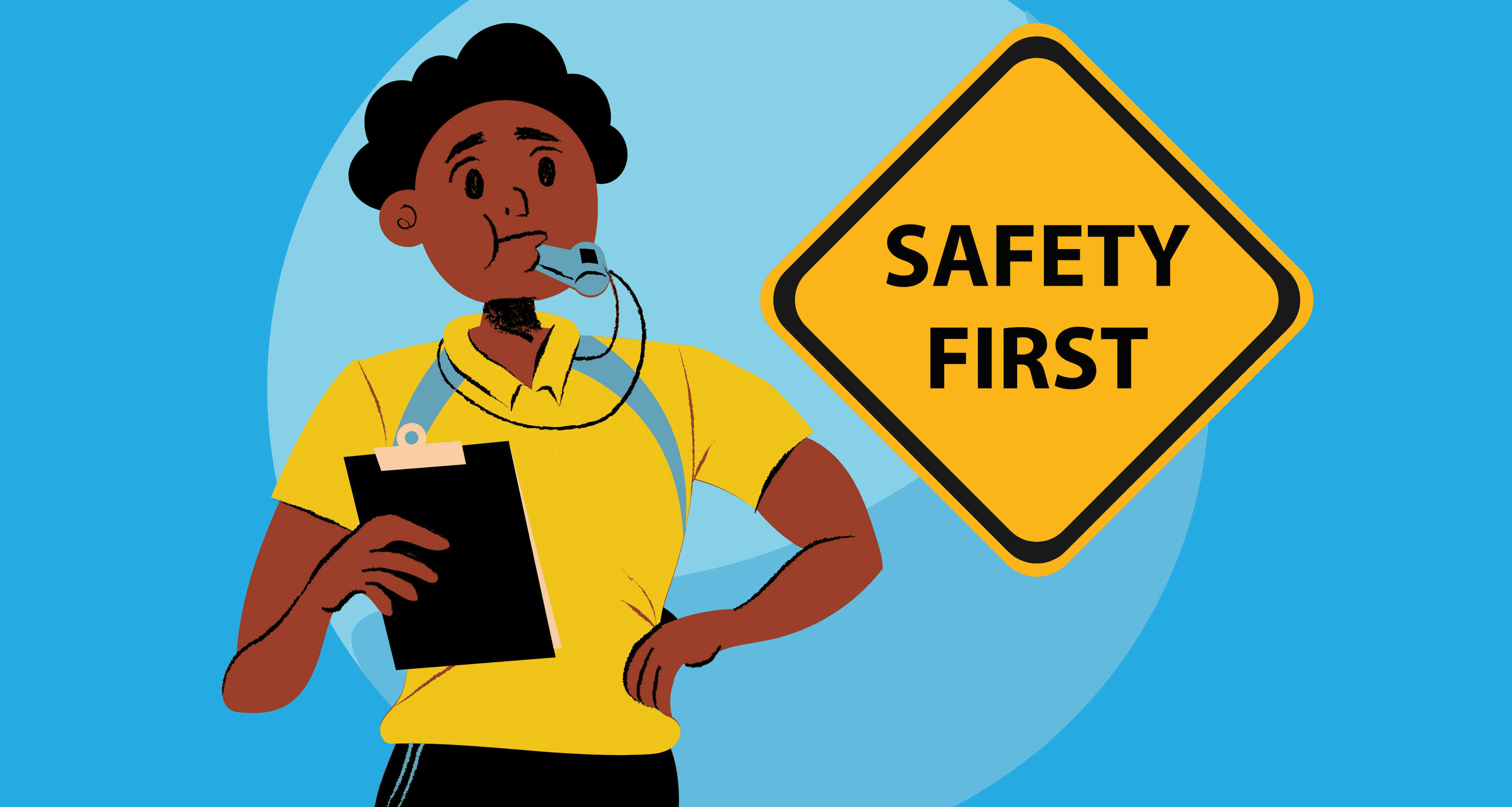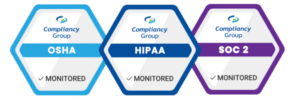
In the realm of workplace safety, one crucial element often goes unnoticed – whistleblowing. The Occupational Safety and Health Act (OSHA) whistleblower program plays a significant role in safeguarding employees’ rights and ensuring their protection when they speak up about potential hazards or violations within their workplaces. We will dive into the OSHA whistleblower program, exploring its key features, such as rewards and protections.
The OSHA Whistleblower Program: A Shield for Employees
Under the OSHA Whistleblower Program, workers are given legal protection against retaliation from their employers if they report any violations of safety regulations. This means that employees who bring attention to hazardous conditions or unlawful practices cannot face demotion, termination, or other adverse actions solely because they chose to speak out.
Whistleblowing is a crucial component of maintaining safe working environments. By encouraging employees to report wrongdoing without fear of retribution, OSHA aims to prevent accidents, injuries, and even fatalities in various industries. The program covers a wide range of concerns, such as:
- Dangerous Working Conditions
- Inadequate Training
- Improper Use of Personal Protective Equipment (PPE) or Chemicals
- Failure to Comply with Safety Standards
The Importance of the OSHA Whistleblower Program
1. Promoting Accountability
Whistleblowers act as courageous sentinels of justice within organizations by exposing fraudulent activities, illegal practices, or any activity that risks workers’ well-being. By reporting these concerns to the appropriate authorities, individuals contribute to maintaining accountability and transparency in the workplace.
2. Rewarding Courage
To encourage employees to come forward without fear of retaliation, OSHA whistleblower rewards are offered for those who provide credible information, leading to successful enforcement actions against violators. These rewards serve as an incentive for individuals who might otherwise hesitate due to concerns about job security or personal repercussions.
3. Enhancing Workplace Safety
By encouraging employees to blow the whistle on unsafe conditions or non-compliance with health and safety regulations, OSHA helps create a culture of vigilance within organizations. This vigilance can lead to timely interventions that prevent accidents, injuries, or even fatalities. Ultimately, the OSHA whistleblower program significantly improves workplace safety across various industries.
Understanding OSHA Whistleblower Protection
1. Protection from Retaliation
The cornerstone of the OSHA whistleblower program lies in providing robust legal protections for employees who report violations. Under this umbrella of protection, employers are prohibited from taking adverse actions against whistleblowers in response to their disclosures. Such adverse actions may include termination, demotion, denial of benefits, or any form of discrimination.
2. Confidentiality Measures
Recognizing that fear of exposure may deter potential whistleblowers, OSHA takes confidentiality seriously. Whistleblower identities are safeguarded to the fullest extent possible during investigations, ensuring their safety and minimizing the risk of retaliation.
3. Investigations and Remedies
Upon receiving a whistleblower complaint, OSHA thoroughly investigates the alleged violations. If found valid, appropriate remedial actions are taken against the employer, which may include citations, fines, or corrective measures to address the identified hazards. These investigations protect individual whistleblowers and contribute to systemic improvements in workplace safety.
Navigating the Process of the OSHA Whistleblower Program
While the OSHA Whistleblower Program provides essential safeguards for employees seeking justice, it’s important to understand how the process works. When filing a complaint with OSHA, individuals must ensure they meet specific requirements and adhere to the designated timeline.
To initiate a whistleblower complaint, the employee must submit a written statement detailing the violation and any supporting evidence. OSHA will then assess the claim and investigate if deemed necessary. During this phase, it is vital for whistleblowers to cooperate with investigators fully.
After completing the investigation, OSHA will determine whether there is sufficient evidence to support the allegations. If wrongdoing is established, appropriate actions will be taken against the violating employer. This can range from financial penalties to mandatory corrective measures to improve workplace safety practices.
Ultimately, the OSHA whistleblower program serves as a powerful tool for employees seeking to make a difference in workplace safety. By providing incentives through rewards and robust protections against retaliation, workers are empowered to report unsafe practices without fear of reprisal. This program plays an essential role in fostering accountability, enhancing awareness about occupational hazards, and ultimately promoting safer working environments.







